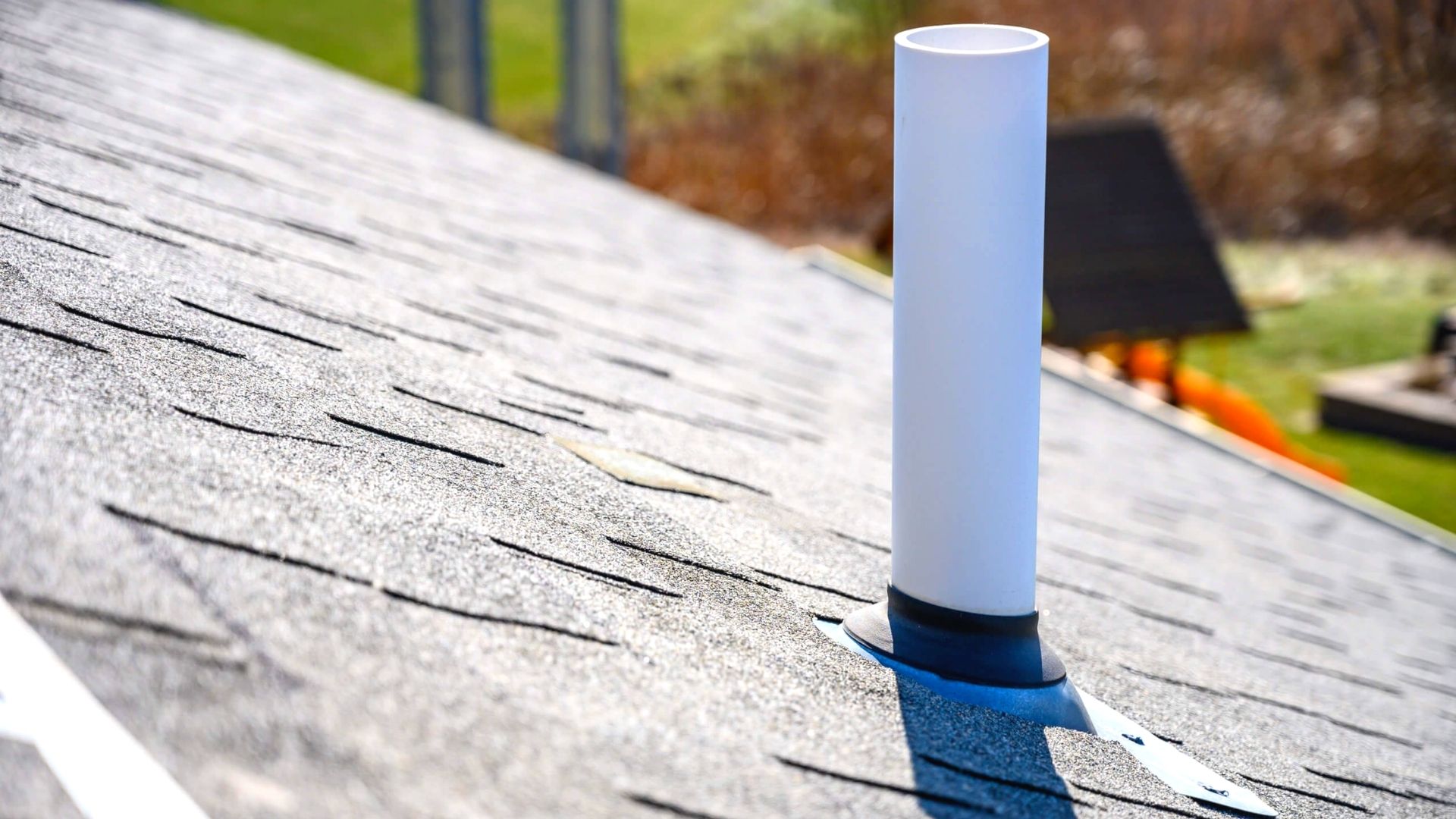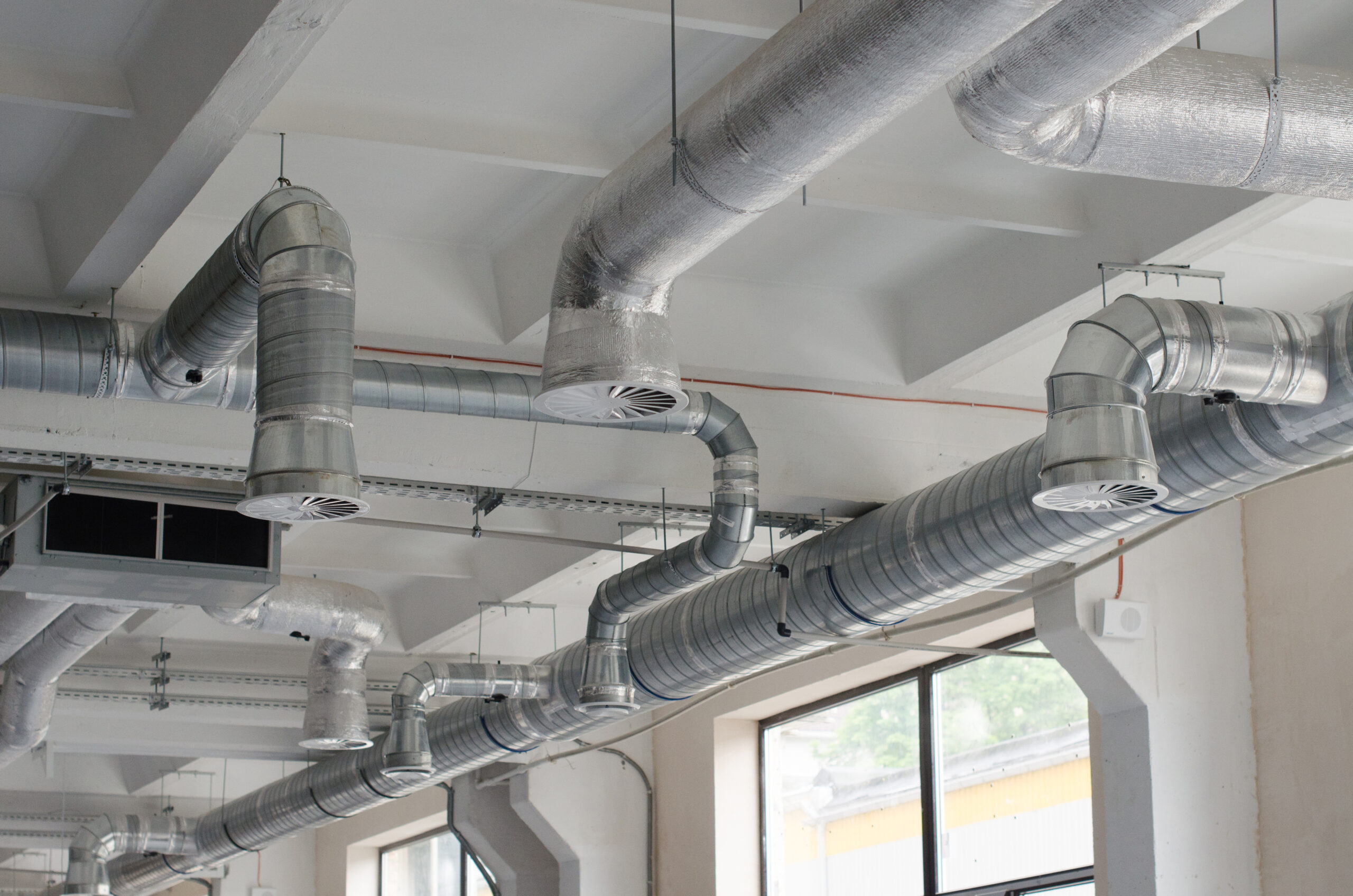Are you looking for info concerning The Upsides of Proper Ventilation in Plumbing Design?

Correct ventilation in pipes systems is frequently forgotten, yet it is essential for preserving the functionality and security of your home's pipes. Ventilation assists manage air pressure, stop the build-up of hazardous gases, and make sure the reliable elimination of waste. In this guide, we will check out the relevance of proper pipes ventilation, just how it works, and the benefits it offers your plumbing system.
Understanding Ventilation in Pipes
Ventilation in plumbing refers to the network of pipes that permit air to stream through the drainage system. These vents serve several objectives, including regulating atmospheric pressure within the pipes, stopping sewage system gases from entering the home, and helping in the smooth circulation of wastewater.
Just How Air Flow Works in Plumbing Systems
Air Pressure Guideline
Correct air flow keeps well balanced atmospheric pressure within the pipes system. When water moves via pipelines, it displaces air. Without adequate air flow, this displacement can create negative stress, leading to reduce drains pipes or siphoning of water from catches, which can trigger unpleasant odors to permeate right into the home.
Stopping Drain Gas Buildup
One of one of the most critical functions of plumbing vents is to prevent sewage system gases, such as methane and hydrogen sulfide, from accumulating within the home. These gases can position significant health and wellness risks and are highly combustible. Vent pipelines allow these gases to leave safely outside.
Assisting in Waste Elimination
Air flow helps in the effective removal of wastewater by avoiding airlocks in the drainage system. When air can move openly with the vents, it enables water and waste to stream smoothly through the pipelines, lowering the threat of blockages and backups.
Types of Pipes Vents
Key Stack Vent
The primary stack vent, likewise known as the vent stack, is the key vent in a pipes system. It extends from the major drain align through the roofing system, enabling gases to get away and fresh air to go into the system.
Branch Vent
Branch vents connect to the major pile vent and offer private fixtures, such as sinks, toilets, and showers. These vents ensure that each component has appropriate ventilation to work correctly.
Air Admission Shutoff (AAV).
An Air Admission Shutoff (AAV) is a one-way valve that enables air to go into the pipes system without the demand for a traditional vent pipe prolonging with the roofing. AAVs are frequently made use of in renovations or areas where installing a conventional vent is unwise.
Indications of Poor Ventilation in Pipes.
Slow Draining Fixtures.
If your sinks, bathtubs, or commodes are draining pipes slowly, maybe a sign of inadequate air flow. Insufficient air flow can create a vacuum cleaner result, making it hard for water to drain pipes effectively.
Gurgling Sounds.
Gurgling audios originating from drains are often an outcome of air being drawn via water traps as a result of adverse pressure in the pipes. This is a clear indicator of inadequate ventilation.
Unpleasant Odors.
Drain smells inside your home are a warning that your plumbing system is not properly ventilated. This could suggest that drain gases are not being appropriately vented outside, resulting in possibly harmful problems.
Usual Air Flow Errors.
Poor Vent Sizing.
Making use of undersized vent pipelines can cause inadequate air circulation and stress discrepancies in the system. It's necessary to utilize vents that fulfill the specific demands of your pipes system.
Improper Vent Positioning.
Placing vents as well much from the components they serve can reduce their performance. Appropriate placement makes certain that air can stream easily and successfully via the system.
Ignoring Code Requirements.
Building codes give details guidelines for plumbing air flow. Overlooking these codes can lead to a system that falls short to operate properly and might cause pricey fixings or health hazards.
Advantages of Correct Ventilation.
Enhanced System Performance.
Properly ventilated pipes systems operate extra effectively, with less blockages, faster draining pipes, and much less pressure on the pipelines. This performance expands the life-span of the plumbing system.
Improved Air Quality.
By avoiding sewage system gases from entering your home, proper ventilation adds to better interior air high quality, making your living atmosphere healthier and extra comfortable.
Avoiding Water Damages.
Ample ventilation aids stop water from being siphoned out of traps, which can lead to drain gases entering the home and triggering water damage gradually.
Actions to Ensure Proper Ventilation.
Consulting Plumbing Codes.
Always speak with local plumbing codes when developing or modifying your plumbing system. These codes offer the needed standards for correct airing vent and guarantee your system meets safety criteria.
Regular Evaluation and Upkeep.
Routine evaluations can help recognize potential air flow concerns before they become significant troubles. Upkeep jobs, such as cleaning up air vent pipelines and looking for clogs, are crucial for keeping the system in good working order.
Professional Installation.
For new setups or significant alterations, it's important to employ an expert plumbing technician. They have the proficiency to guarantee the ventilation system is properly developed and set up according to code.
Final thought.
Appropriate ventilation is a crucial component of any pipes system, making certain that it works effectively and safely. By recognizing the value of ventilation, identifying the indications of poor air flow, and taking steps to maintain your system, you can stop costly concerns and secure your home's air quality.
What is a Plumbing Vent and it's used for?All plumbing systems in residential and commercials construction have a plumbing vent. It doesn’t just vent unwanted odors from the drainage system to the outside; it actually serves an important purpose by supplying air to the system.
The plumbing drainage system is actually called a drainage, waste and vent (DWV) system. When water flows down the piping, an air supply (vent) is needed to allow the water to flow. Think of the vertical pipe as a drinking straw. If you plug the top end of a straw, liquid won’t drain from it.
The DWV system in your building consists of a series of pipes connected to each fixture; they extend above each fixture, and the system terminates at an open pipe that extends through the roof. This piping allows air into the system and prevents unbalanced pressures in the piping.
?The vent also prevents the system from drawing water out of a trap at the fixture with the characteristic “glug-glug-glug” as the drain gasps for air. Plumbing traps should drain smoothly and never “glug” or gasp for air.
If you have a drain that empties slowly or gurgles as it drains, this may indicate a venting problem. If you flush a toilet and the sink gurgles, there’s definitely a vent problem. It is good idea to have a Plumber check this.
https://www.ameliashomeinspection.com/blog/what-is-a-plumbing-vent-and-its-used-for

As a fervent reader on Essential Plumbing Vent Pipes: Understanding Their Role, I thought sharing that excerpt was a good thing. Are you aware of someone else who is serious about the subject? Take a moment to promote it. Thank-you for going through it.
Schedule Today!